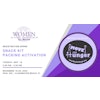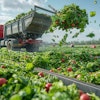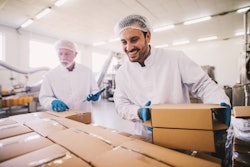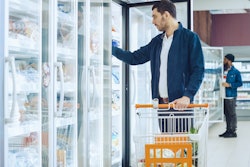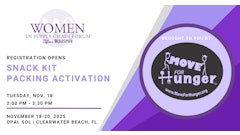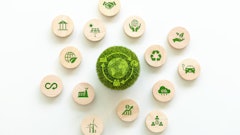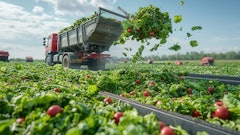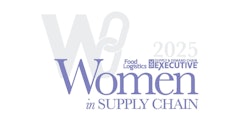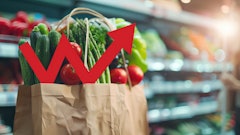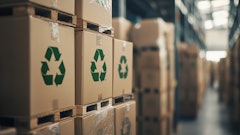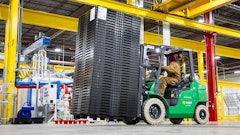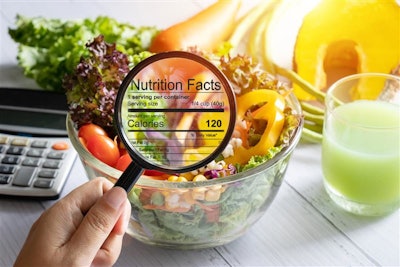
There are two macro-market drivers having a significant impact on the overall packaging industry, including food and beverage. First, and by far the largest, is the demand for more sustainable packaging. Secondly, due to the pandemic and economic uncertainty, consumers are buying more packaged food to prepare their own meals at home — thus increasing not only demand for these goods, but also the amount of plastic waste destined for landfills.
There’s never been more change and innovation needed than now to rectify these two driving, and sometimes conflicting, forces. Through corporate commitments and new global requirements on packaging, consumer packaged goods (CPGs) are transitioning to more sustainable packaging alternatives. One of those options is “hybrid packaging.”
Hybrid packaging uses multiple package formats to reduce weight, increase functionality and optimize the “end of life,” thus making packaging more sustainable.
The sustainable packaging market is driven by growing consumer demand for environmentally friendly alternatives. The industry is anticipated to grow at a steady rate, due to the growing food and beverage industry that is increasingly adopting packaging made from degradable and recyclable materials. There is also a move toward form factors, like hybrid packaging, that use less plastic and nest during transportation, emitting fewer greenhouse gas emissions overall. According to Research and Markets, lightweight, flexible packaging is expected to experience the highest growth of any packaging form factor through 2028.
The need for more sustainable food packaging solutions
CPGs are facing global consumer and legislative pressure to improve the environmental sustainability profile of their packaged product portfolios. Chances are, if you work at a major CPG, your company has implemented packaging-specific sustainability goals. In some cases, this means setting ambitious targets like 100% of packaging becoming recyclable, reusable or compostable and/or reducing plastic use by a certain percentage by 2025.
Hitting these targets is not an easy feat, since for the past 60 years, plastic packaging has been designed primarily for form and function without regard for its end of life. Now that designing for packaging’s end of life has come to the forefront, stakeholders throughout the entire supply chain must work together to innovate on every component and across the full lifecycle of the package.
This can mean optimizing packaging for sorting and recycling by eliminating problematic components such as carbon black, certain labels, inks and adhesives or non-recyclable materials such as polystyrene (PS) or polyvinyl chloride (PVC). It can also mean redesigning packaging to be nested, developing square shapes for volumetric efficiency or creating packaging with a lighter weight for improved logistics.
CPG brands, including food and beverage, are actively implementing these types of sustainable packaging solutions. According to Jabil's 2022 Sustainable Packaging Survey, almost one-third (31%) of respondents from food and beverage companies said their organization has piloted sustainable packaging options. Another 47% say they are actively learning and have made good progress on their solutions, while 20% report having a fully mature sustainable packaging program.
How can I use hybrid packaging to be more sustainable?
Using hybrid packaging formats is one way to eliminate the types of problematic components. When thinking about hybrid packaging, the first thing that may come to mind is that multi-material packs are not recyclable. However, that is not always the case. Hybrid packaging that uses the same material for the film and rigid components is sortable in material recovery facilities (MRFs) as long as there is a three-dimensional structure.
If a hybrid package uses more than one material, then it must be simple and clear for the consumer to separate for proper disposal.
Another important sustainability goal is carbon footprint reduction. One of the largest contributors to packaging’s footprint is weight, which may lead CPGs to consider flexible packaging. However, while flex packs are lightweight and less carbon intensive to produce than glass or metal, they are not yet widely mechanically recyclable. Hybrid packaging can use the best properties of all these form factors. Its unique combination of flexible and rigid elements, when designed with end of life in mind, makes the package recyclable in MRFs.
To meet the needs of the modern consumer and maintain quality and safety standards, it would be difficult for food and beverage CPGs to eliminate plastic packaging entirely. However, by designing packaging options that are more recyclable, use less plastic overall to minimize greenhouse gas emissions and provide consumers with clear information about how to sustainably dispose of the container, brands can start making real strides toward meeting their sustainable packaging goals.

